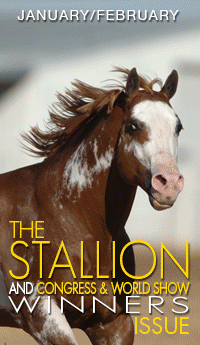Symposium on Legal, Business, and Insurance Issues Impacting the Equine Industry
September 21, 2016 Comments Off on Symposium on Legal, Business, and Insurance Issues Impacting the Equine Industry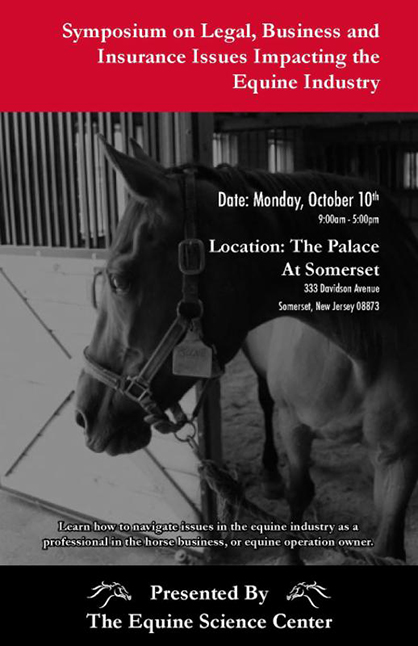
This symposium will feature legal experts from the Tri-State area who will speak on topics including:
“Basic Introduction of Business Formation for Equine Operators”
“Liability Avoidance from Bio-Security Issues to Stableman’s Lien Act”
“U.S. Immigration Law Basics & Recent Updates”
“Overview of Workers Compensation Law for Equine Operations”
“The Importance of an Equine Accountant”
“Basic Insurance Coverage for Equine Operations.
Ammonia- Hidden Health Danger in the Barn
September 20, 2016 Comments Off on Ammonia- Hidden Health Danger in the Barn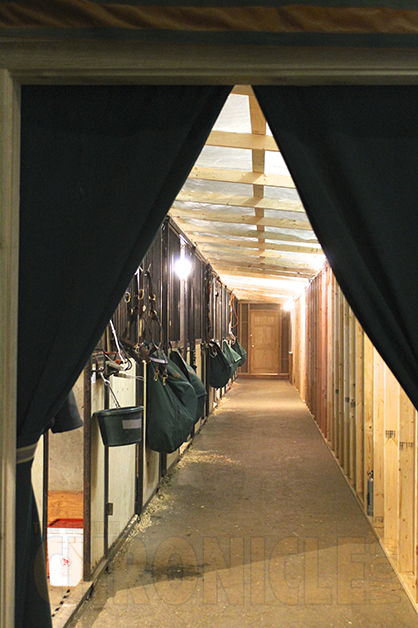
When you open the stall door, pitchfork in hand, are you hit with an acrid burning of the nose, lungs and throat? That my friend, is the signature trademark of ammonia.
Continue reading …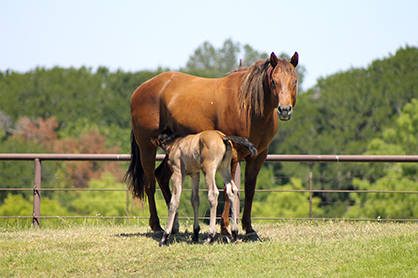
While fall offers much to be thankful for, including cool temperatures and scenic trails, the season can cause hiccups in horse care, especially in terms of what horses consume. As the days shorten, you can stow the mower, but other problems lurk in pasture and their surroundings. Read on:
Continue reading …Weight Loss in Metabolic Patients: A New Research Study
September 16, 2016 Comments Off on Weight Loss in Metabolic Patients: A New Research Study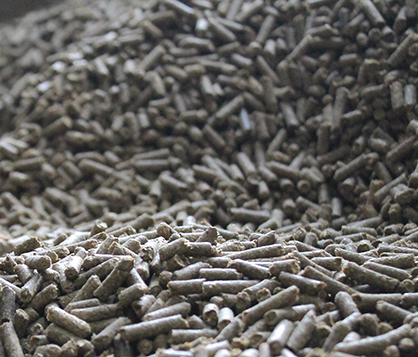
At the end of the 30 day period, 11 out of 13 horses demonstrated weight loss with an average of 33.8 lbs, with some losing in excess of 50 lbs. Foot soreness was also improved in 7 out of the 13 patients.
Continue reading …Rutgers Equine Science Center Presents: A Symposium on Legal, Business, and Insurance Issues Impacting the Equine Industry
September 15, 2016 Comments Off on Rutgers Equine Science Center Presents: A Symposium on Legal, Business, and Insurance Issues Impacting the Equine Industry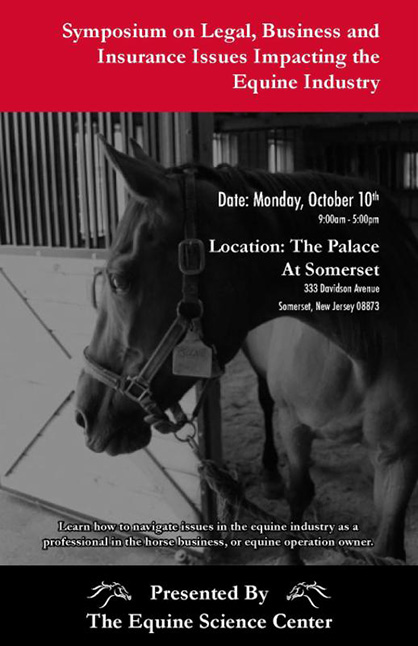
This symposium will feature legal experts from the Tri-State area who will speak on topics including: “Basic Introduction of Business Formation for Equine Operators,” “Liability Avoidance from Bio-Security Issues to Stableman’s Lien Act,” “U.S. Immigration Law Basics & Recent Updates,” “Overview of Workers Compensation Law for Equine Operations,” “The Importance of an Equine Accountant,” and “Basic Insurance Coverage for Equine Operations.”
Continue reading …Two Treatments to Reduce Equine Joint Inflammation
September 14, 2016 Comments Off on Two Treatments to Reduce Equine Joint Inflammation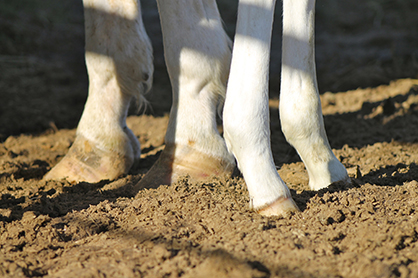
The daily activities of horses in training can lead to everyday wear and tear on the joint, which results in synovial membrane and joint capsule inflammation (synovitis and capsulitis). In most cases of equine OA, it’s this stress on the joint that initiates the process.
Continue reading …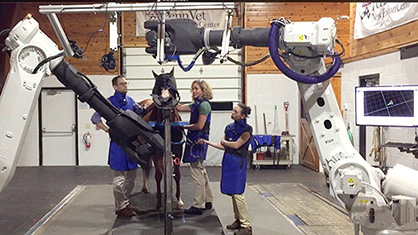
The barrel racer’s bone scan showed a hot spot right where the spine attaches to the base of the skull, indicating an injury. But the radiographs were inconclusive.
Continue reading …Return From Potomac Horse Fever Diagnosis to the Winner’s Circle
September 12, 2016 Comments Off on Return From Potomac Horse Fever Diagnosis to the Winner’s Circle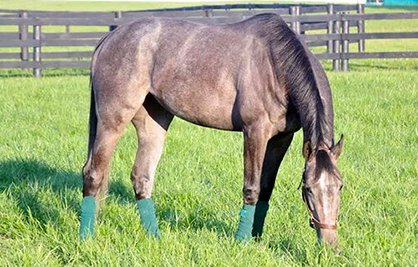
“No ‘bute’ or Banamine, forever,” Nolen-Walston said. “The biggest question was whether she would bounce back from disease to be a successful race horse, and could she be successful as a racehorse drug-free?”
Continue reading …Test Your Skills Against Judges With APHA’s New HORSE IQ Video Learning Program
September 7, 2016 Comments Off on Test Your Skills Against Judges With APHA’s New HORSE IQ Video Learning Program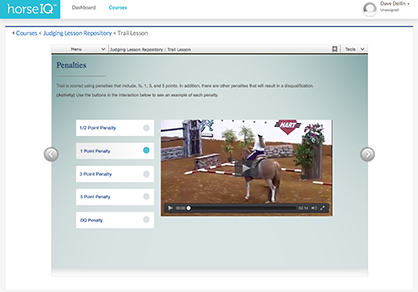
Watch video examples with explanations of penalties and maneuver scores, judge a class online with ‘reasons’ by an official judge, and put your skills to the test by judging numerous runs and comparing your scores to official APHA World Show judges’ scorecards.
Continue reading …Internet Vet Advice- What Could Possibly Go Wrong?…
September 7, 2016 Comments Off on Internet Vet Advice- What Could Possibly Go Wrong?…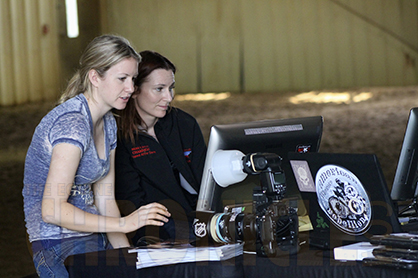
“As a general rule all blogs should, by their very nature, be treated with extreme caution. The brilliance of the internet is that it has made a huge amount of information available very easily. Conversely, one of the main weaknesses of the internet is that it has made a huge amount of information available very easily,” Dr Milner said.
Continue reading …






